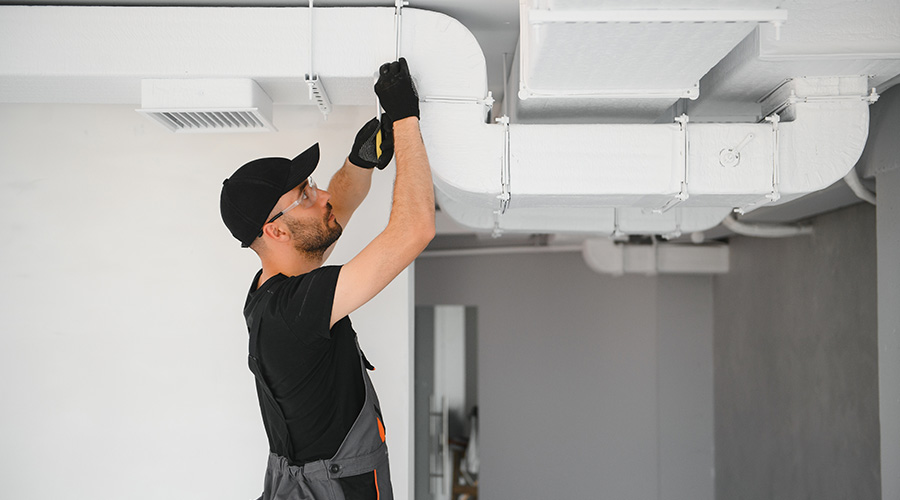There has been a lot of discussion surrounding the topic of Candida auris (C. auris) prevention in healthcare facilities. The fungus can cause serious healthcare associated infections and a high mortality rate, but biofilms make C. auris more dangerous. The primary reservoir of C. auris is environmental and can spread rapidly from affected patient to patient and through contact with contaminated surfaces or equipment.
Microbes adhere to surfaces and create protective biofilms as a barrier against the external environment, including many hospital-grade disinfectants. Here is where it gets interesting. Different pathogens often colonize the same biofilm and exchange antibiotic-resistant genes, making infections more difficult to treat. Organisms living in biofilms can be up to 1,000-fold antibiotic resistant and 1,500 times less susceptible to disinfectants.
Biofilms are inherently resistant to most chemical disinfectants. C. auris is well known to thrive in biofilm. Recently, there has been a trend for disinfectant manufacturers to evaluate their product’s performance against biofilms.
The U.S. Environmental Protection Agency (EPA) Letter List tests are for isolate/planktonic cells in suspension to make kill claims on an EPA Letter list, not cells taken from the natural environment that might be found in a protective layer of bacterial biofilm. There are shortcomings in relying upon only the current EPA Letter Lists alone when evaluating disinfectants.
Many common disinfectants do not have ability to kill bacteria in a biofilm, but there is an EPA test for a disinfectant biofilm claim. EPA’s List P includes antimicrobial products registered for claims against C. auris. There are 38 products from 13 chemical manufacturers on List P. Unfortunately, there is no biofilm list, and claims can only be found on chemical master labels.
But cross-referencing labels with List P indicates that only some products with both claims can be used for disinfection facility wide. Even if a product has biofilm and C. auris claims, it might pose health hazards to patients and staff.
For example, quaternary ammonium compounds (QACs) and sodium hypochlorite — bleach — are two commonly used disinfectants in healthcare. QACs do not meet the EPA standard for biofilms and have raised serious health concerns, while bleach has both claims, its respiratory effects are well documented.
Sodium dichloroisocyanurate (NaDCC) is a phenomenon because it has the unique ability to be more powerful at destroying bacteria, C. auris, and viruses. Yet, it is much safer than those mentioned previously. At least two NaDCC products have both biofilm and C. auris claims while having a 0/0/0 hazard rating, a neutral pH, and the EPA’s lowest toxicity category IV. Several studies have confirmed the efficacy of NaDCC chemistry against biofilms and C. auris independently, as well as C. auris biofilms specifically.
C. auris creates its own biofilm that is quite dangerous. Environmental services need to improve the way their departments disinfect healthcare facilities. Everyone involved in cleaning must better understand and grasp the type of disinfectants required to control biofilms, especially those created by C. auris fungus.
J. Darrel Hicks, BA, MESRE, CHESP, Certificate of Mastery in Infection Prevention, is the past president of the Healthcare Surfaces Institute. Hicks is nationally recognized as a subject matter expert in infection prevention and control as it relates to cleaning. He is the owner and principal of Safe, Clean and Disinfected. His enterprise specializes in B2B consulting, webinar presentations, seminars and facility consulting services related to cleaning and disinfection. He can be reached at darrel@darrelhicks.com, or learn more at www.darrelhicks.com.

 Healthcare Real Estate: Responding to Shifting Patient Demands
Healthcare Real Estate: Responding to Shifting Patient Demands Over 40% of Workers Impacted by Seasonal Depression
Over 40% of Workers Impacted by Seasonal Depression Archer Property Partners Acquires Medical Office Building Near Tri-City Hospital
Archer Property Partners Acquires Medical Office Building Near Tri-City Hospital The OR HVAC Puzzle: Why Individual Systems Are on the Rise
The OR HVAC Puzzle: Why Individual Systems Are on the Rise Sutter Health Announces Plans for New Santa Clara Medical Center
Sutter Health Announces Plans for New Santa Clara Medical Center